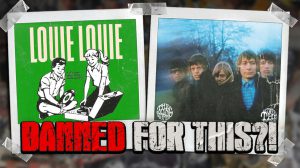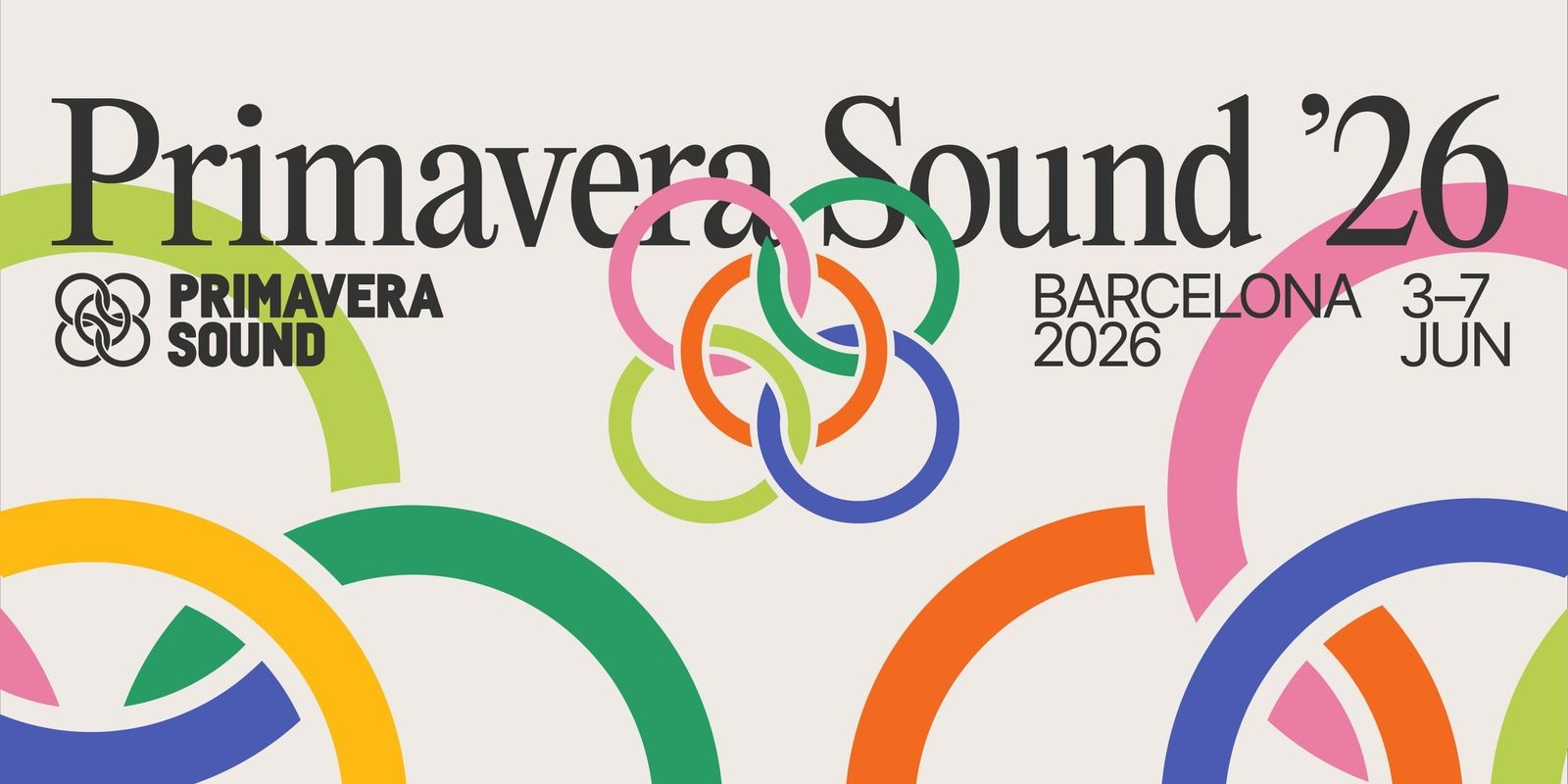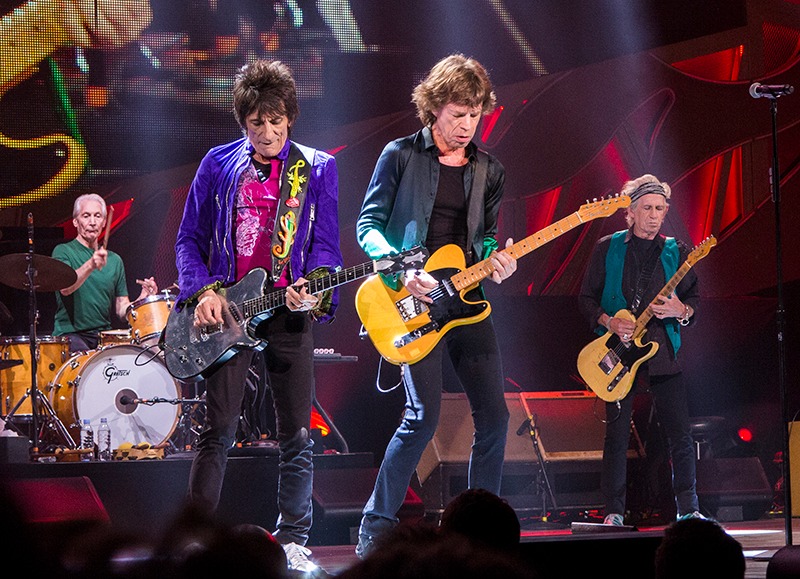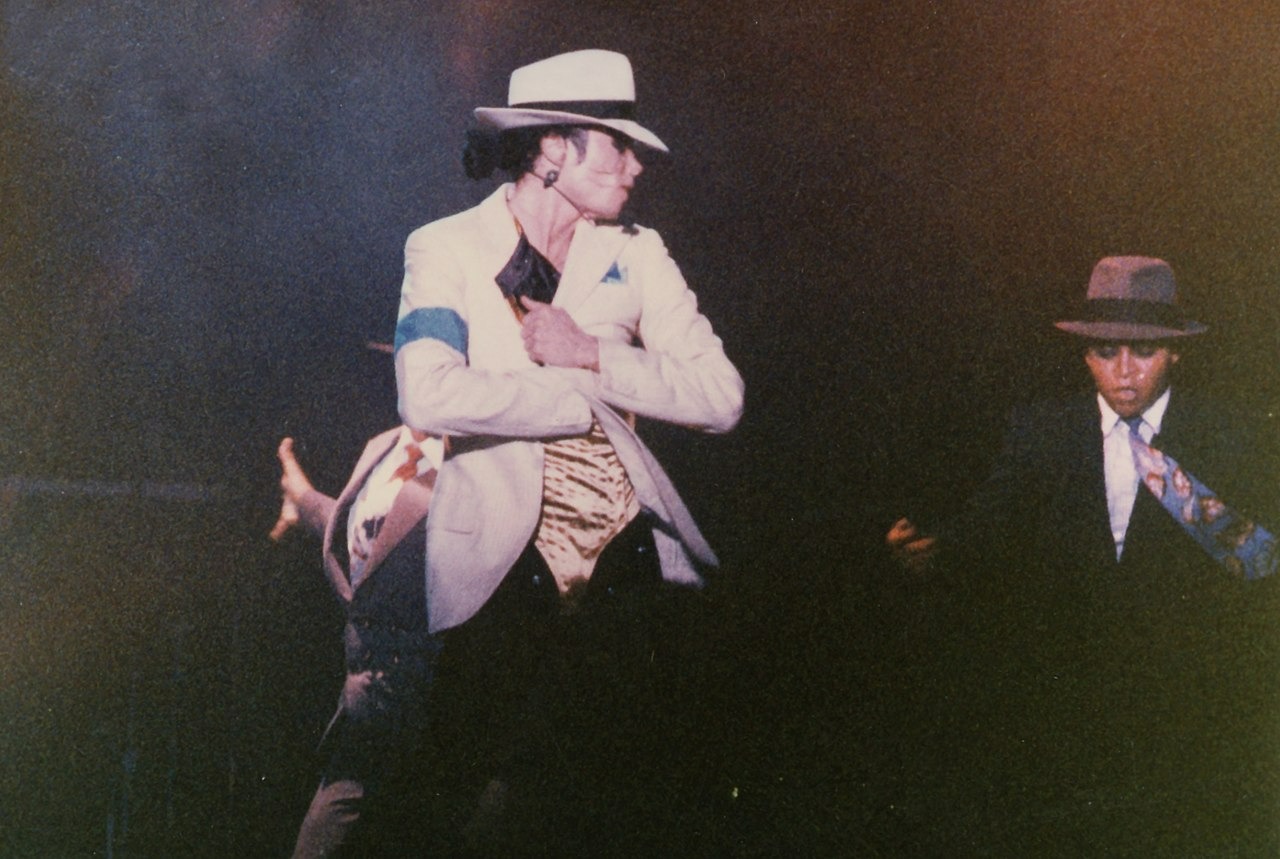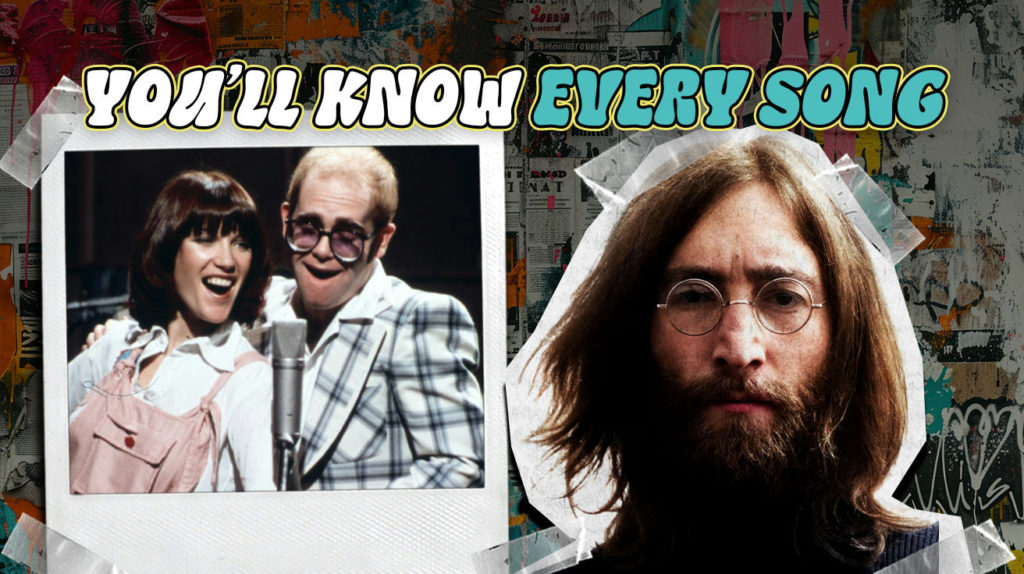
The 1970s hit America like a cultural earthquake, shaking everything from politics to playlists. While society grappled with Vietnam, the oil crises, and shifting values, musicians channeled that chaos into songs that made sense. These 19 tracks became more than entertainment — they were survival anthems for a nation learning to dance through the darkness.
19. Imagine – John Lennon (1971)

John Lennon created the peace movement’s unofficial anthem with just piano and voice, transforming simple chords into revolutionary ideology. His minimalist approach made idealism feel achievable rather than naive, stripping away production flourishes to focus on pure message. Imagine’s enduring power lies in inspiring hope without demanding specific answers.
18. Brand New Key – Melanie (1971)
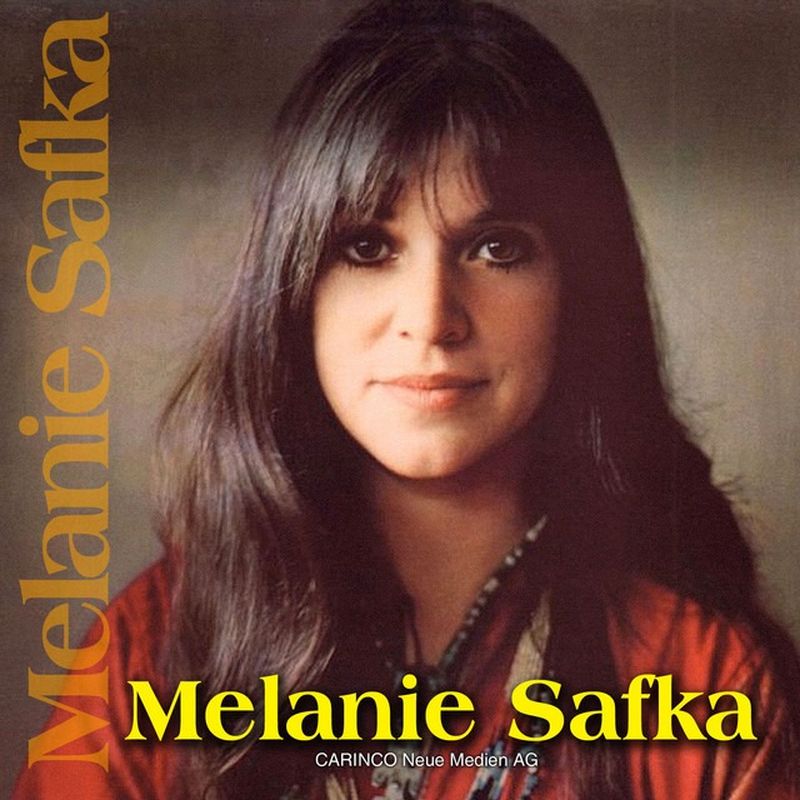
Instead of wallowing in the decade’s heavy themes, Melanie chose roller skates and metaphorical locks. Her whimsical folk-pop gem “Brand New Key” proved that lightness could be its form of resistance during dark times. The track’s enduring charm shows that revolution sometimes wears a smile.
17. Don’t Give Up On Us – David Soul (1977)
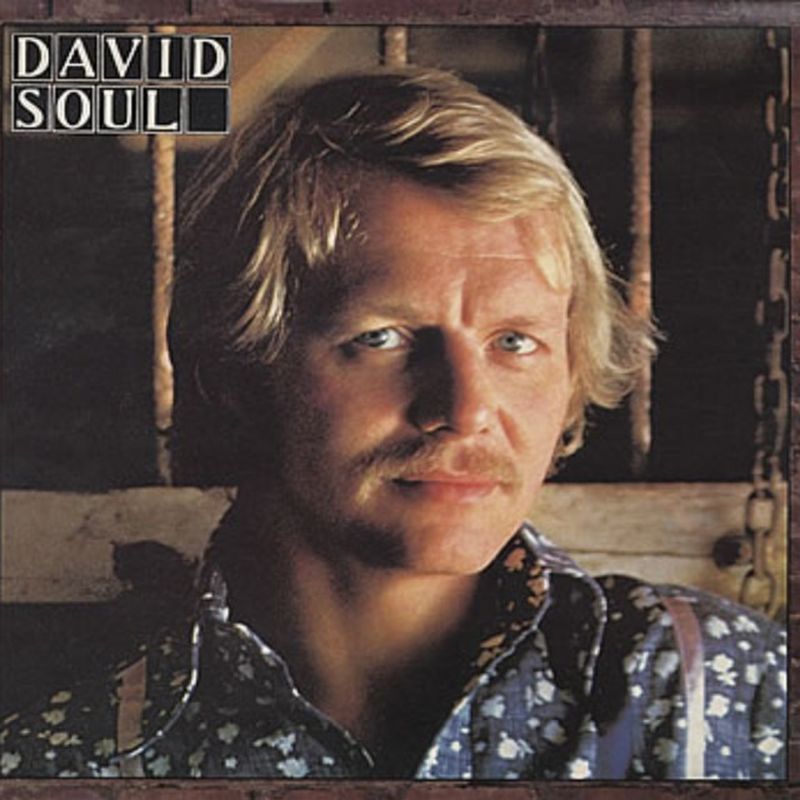
By bringing genuine emotion to the microphone, David Soul proved that actors could make legitimate music. His crossover success launched a template that reality TV still exploits today, demonstrating how authenticity could bridge different entertainment mediums. “Don’t Give Up On Us” enduring appeal shows that sincerity trumps pedigree every time.
16. Top of the World – The Carpenters (1973)

During America’s darkest hour, The Carpenters weaponized happiness, choosing joy over the decade’s prevailing cynicism. Karen’s vocals float like pure emotion given form, creating an antidote called “Top of the World” to the era’s heavy themes. Their approach proved that sometimes the best protest against chaos is relentless, unapologetic joy.
15. It’s Too Late – Carole King (1971)
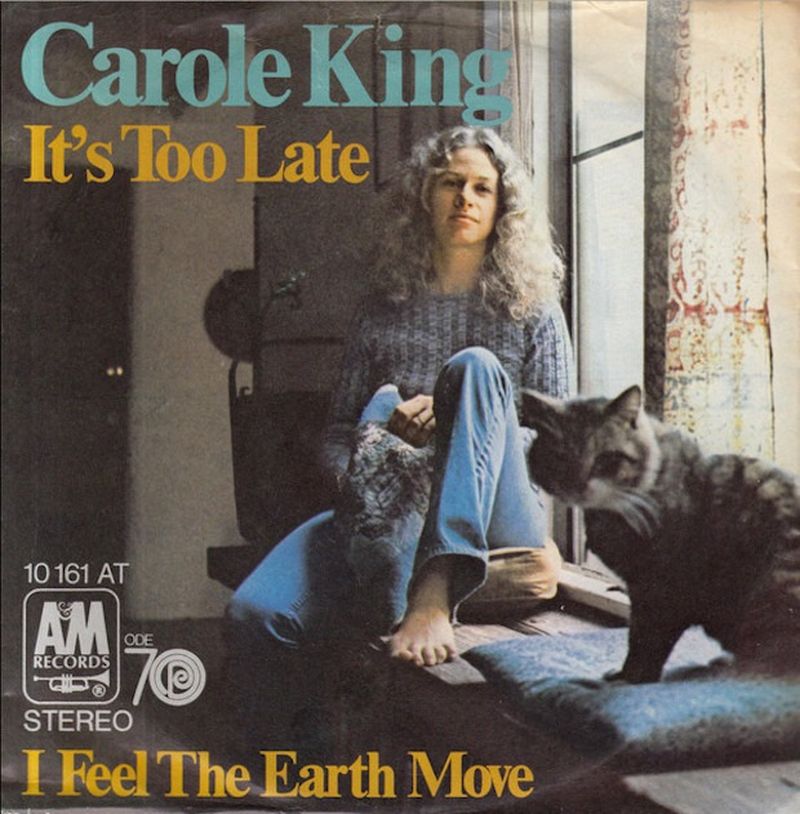
Through “Tapestry,” Carole King redefined confessional songwriting by turning personal heartbreak into universal currency. Her piano-driven vulnerability, often accompanied by classic instruments like Martin guitars, made authenticity the new rebellion against manufactured pop perfection. The album’s lasting impact proved that sometimes the most revolutionary act is simply telling the truth.
14. Stayin’ Alive – Bee Gees (1977)
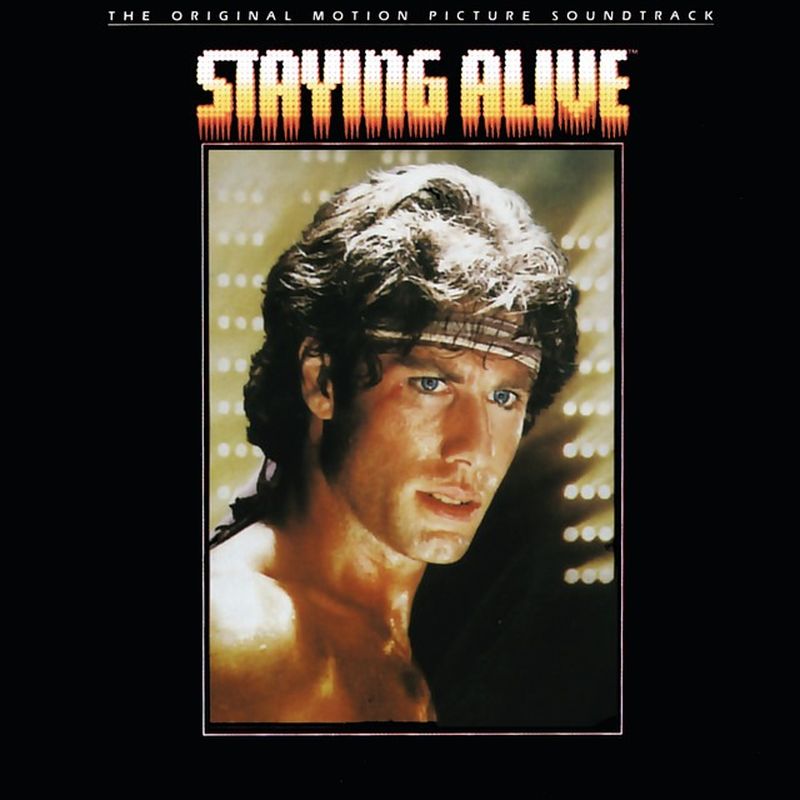
Beyond creating disco’s defining anthem, the Bee Gees engineered survival itself into danceable form. Those falsetto harmonies and precision beats became the sound of Saturday night salvation, transforming urban anxiety into celebratory movement. The track’s lasting impact proved that great pop music could save souls while moving bodies.
13. Let It Be – The Beatles (1970)
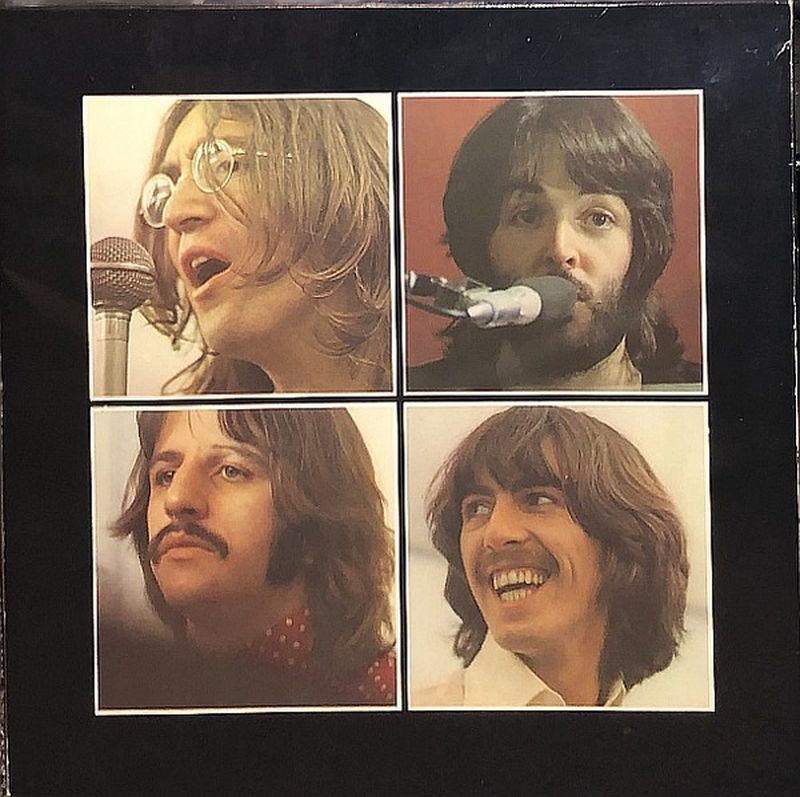
When the world’s biggest band recorded their final statement, McCartney’s gospel-tinged piano wrapped acceptance around heartbreak. This approach created something far more powerful than typical breakup songs, transforming personal loss into universal comfort. What emerged wasn’t just a farewell — it was a masterclass in making peace with chaos that still teaches us how endings can sound like benedictions.
12. Don’t Go Breaking My Heart – Elton John and Kiki Dee (1976)
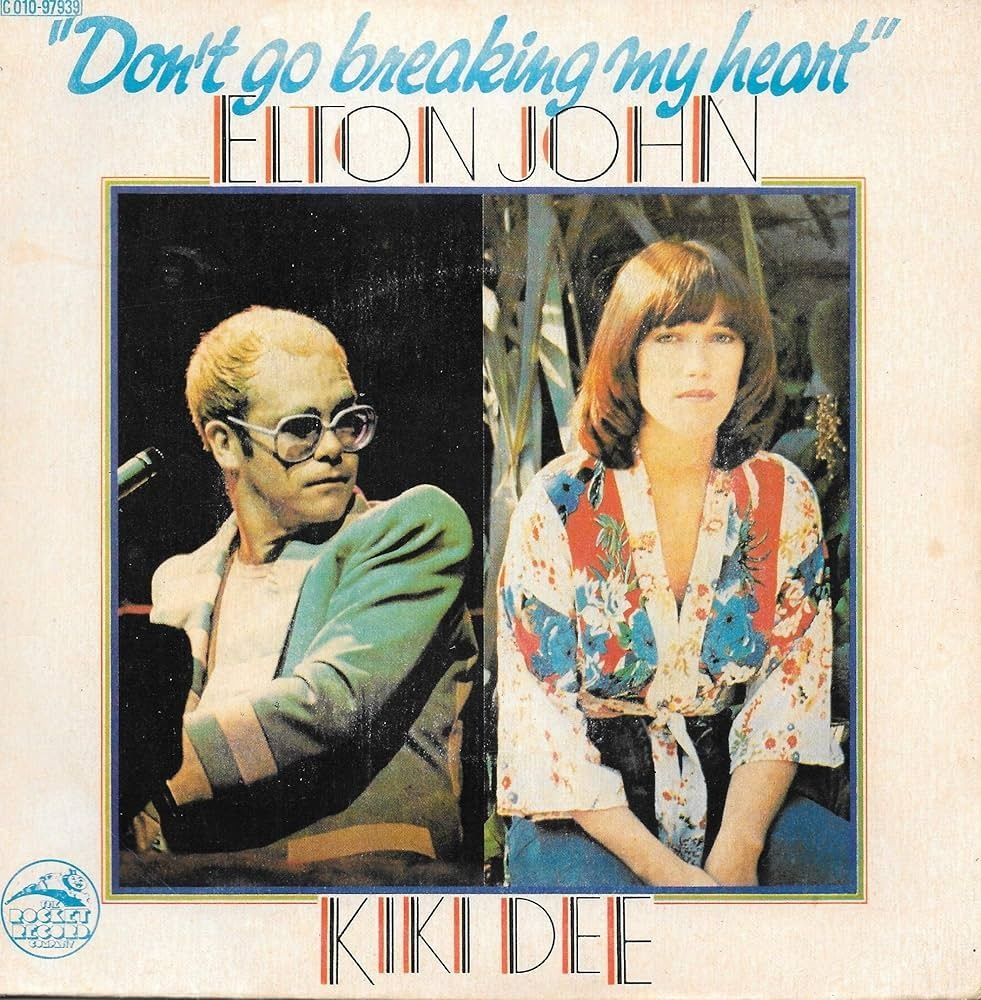
Through sheer enthusiasm and perfect vocal interplay, Motown pastiche became pure chemistry. Elton John and Kiki Dee’s call-and-response magic proved that homage could feel revolutionary when executed with enough genuine joy. The duet’s success demonstrated that great collaborations exceed the sum of their parts.
11. Killing Me Softly With His Song – Roberta Flack (1973)
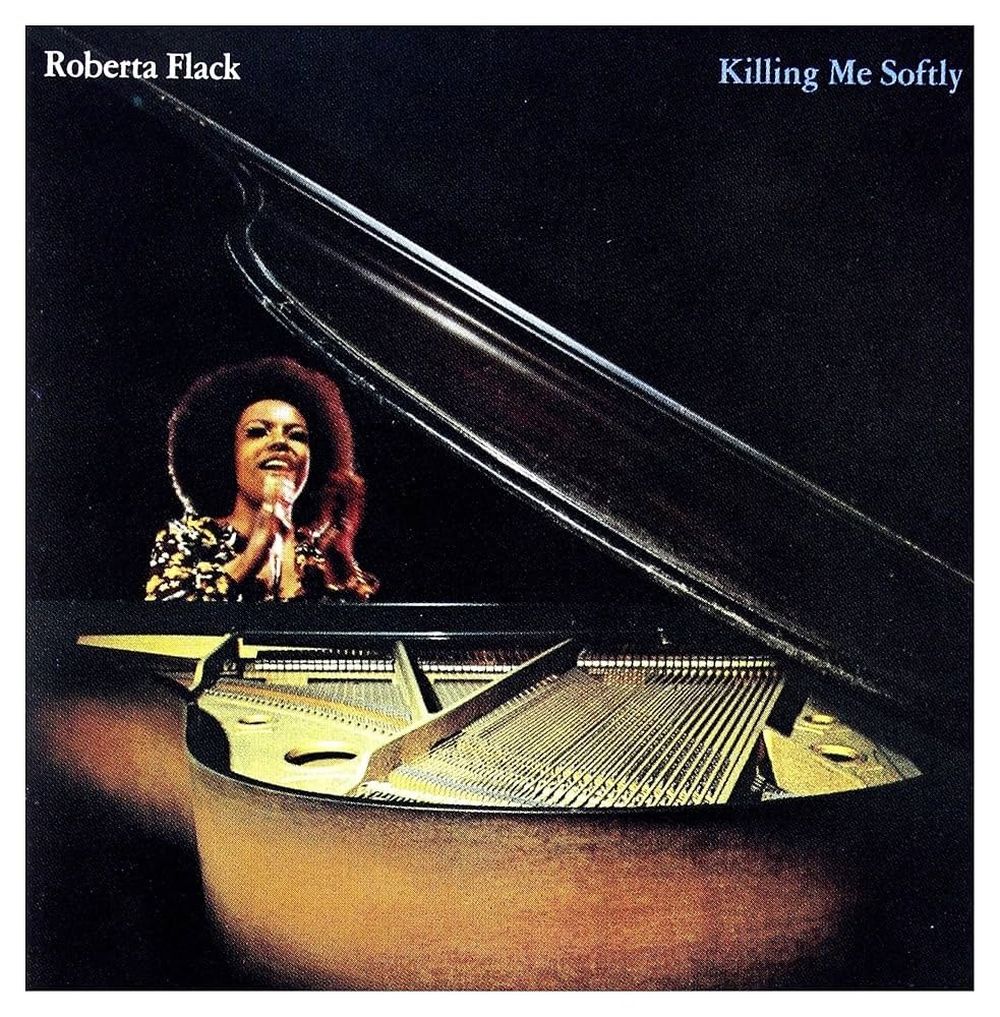
Rather than simply covering a song, Roberta Flack performed emotional surgery on it. Her interpretation captured that magical moment when music cuts straight to your soul, transforming a folk tune into a soul masterpiece. This performance set the gold standard for how great vocalists translate rather than simply sing.
10. Bye Bye Baby – The Bay City Rollers (1975)
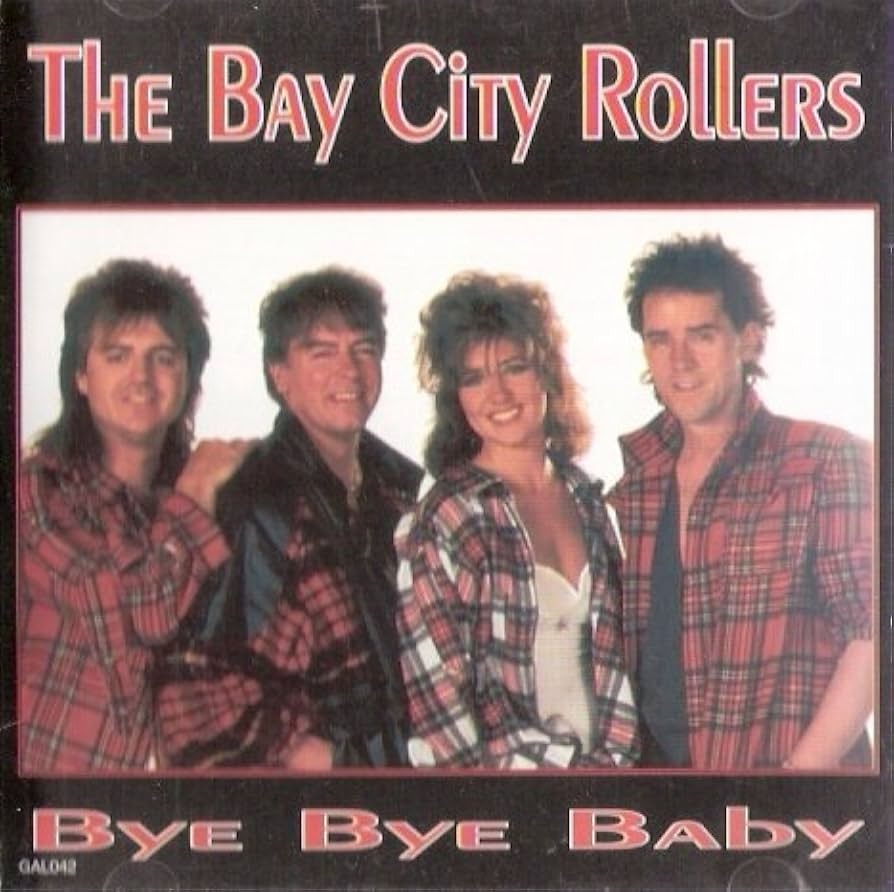
Combining tartan scarves with teenage dreams, The Bay City Rollers created perfect pop harmony. They triggered Beatlemania’s sequel, proving that escapist music could provide necessary relief from the decade’s heavy realities. Their success transformed pure adolescent joy into a global cultural movement.
9. You Light Up My Life – Debby Boone (1977)
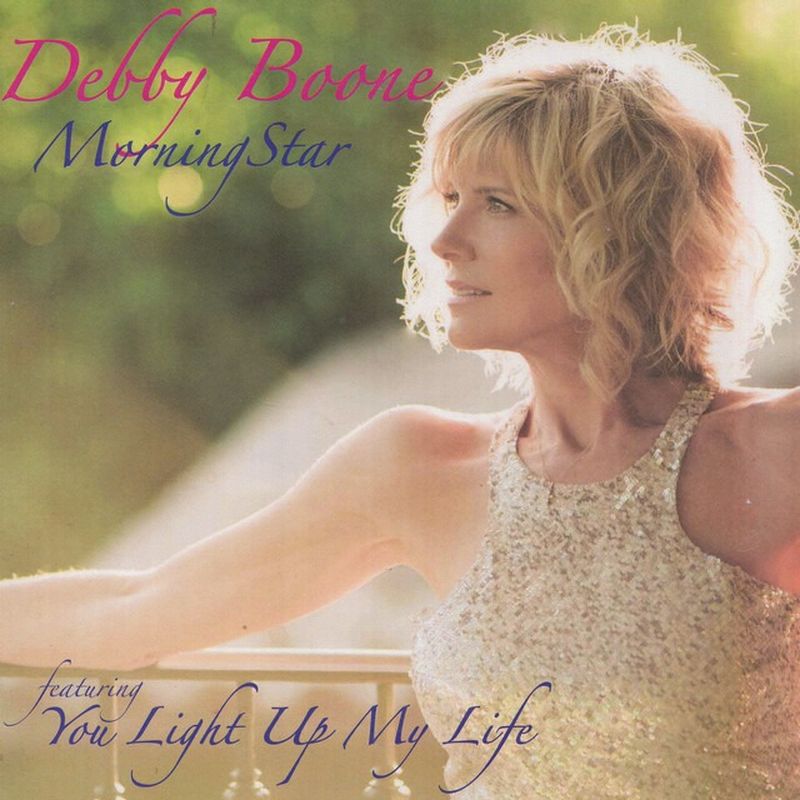
Even during disco’s peak, ten weeks at number one proved that power ballads could survive any musical trend. Debby Boone’s soaring vocals provided comfort when audiences needed hope more than hipness, creating an emotional refuge from the era’s complexities. Her success demonstrated that sometimes sentiment wins over cynicism.
8. Alone Again (Naturally) – Gilbert O’Sullivan (1972)
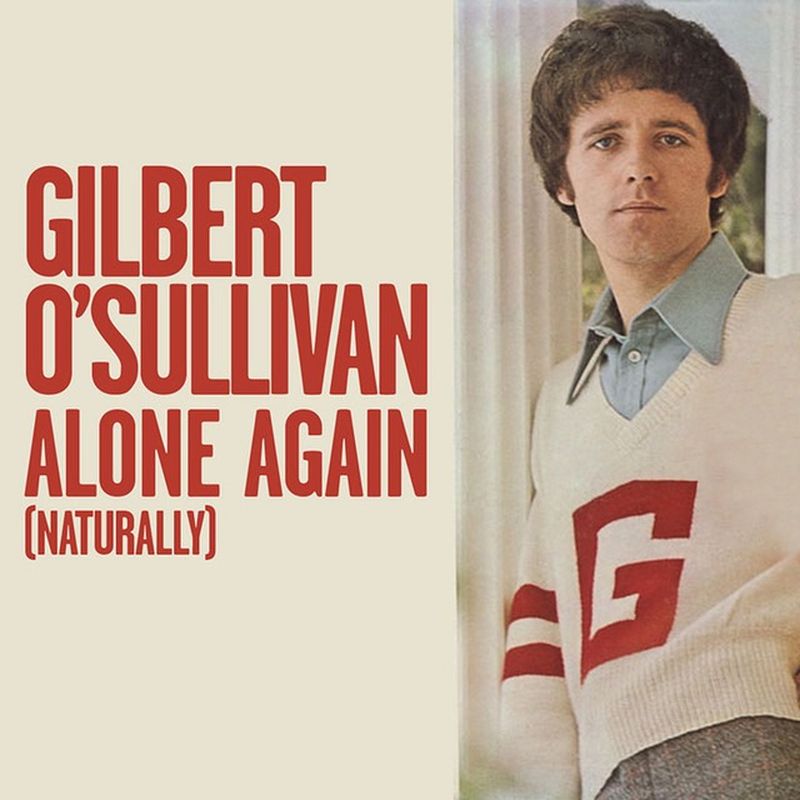
For six weeks straight, America’s favorite song explored existential despair, creating an unlikely cultural moment. Gilbert O’Sullivan made loneliness feel communal rather than isolating, transforming personal anguish into shared experience. His beautiful melancholy became the decade’s unexpected comfort food for wounded souls.
7. Everything Is Beautiful – Ray Stevens (1970)
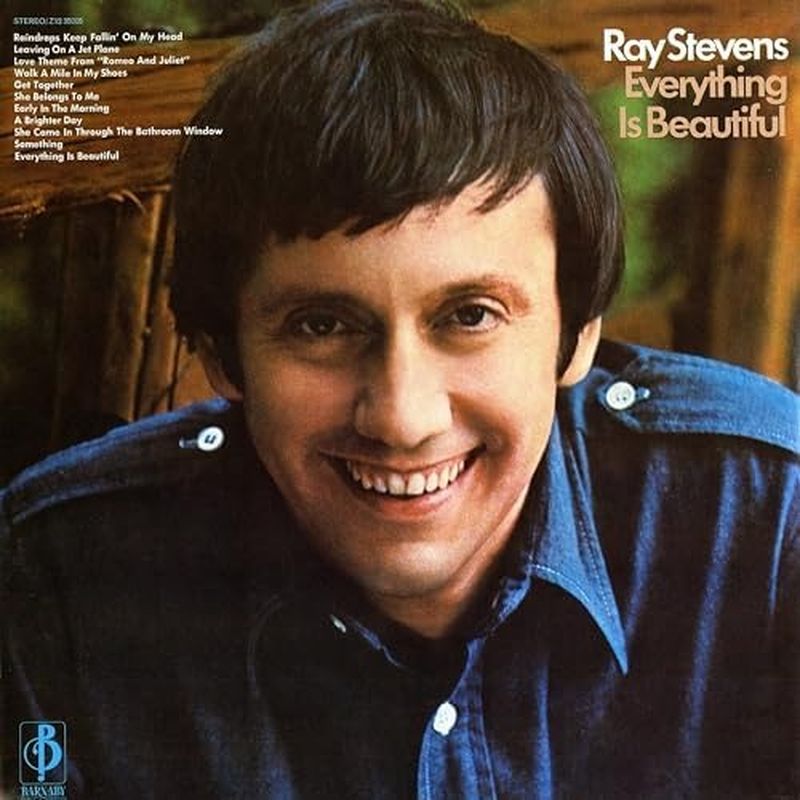
Faced with an America tearing itself apart, Ray Stevens chose pure sonic optimism as his weapon. His Grammy-winning anthem made idealism feel urgent rather than naive, transforming simple melodies into powerful medicine. The result proved that sometimes the most radical act is refusing to let cynicism win the day.
6. Dancing Queen – ABBA (1976)

Using Swedish precision as their secret weapon, ABBA cracked the disco-pop code that countless artists still follow today. They elevated club music into something approaching high art, layering sophisticated harmonies over irresistible grooves. The song’s universal celebration of movement transcends every cultural boundary ever drawn.
5. You’ve Got a Friend – James Taylor (1971)
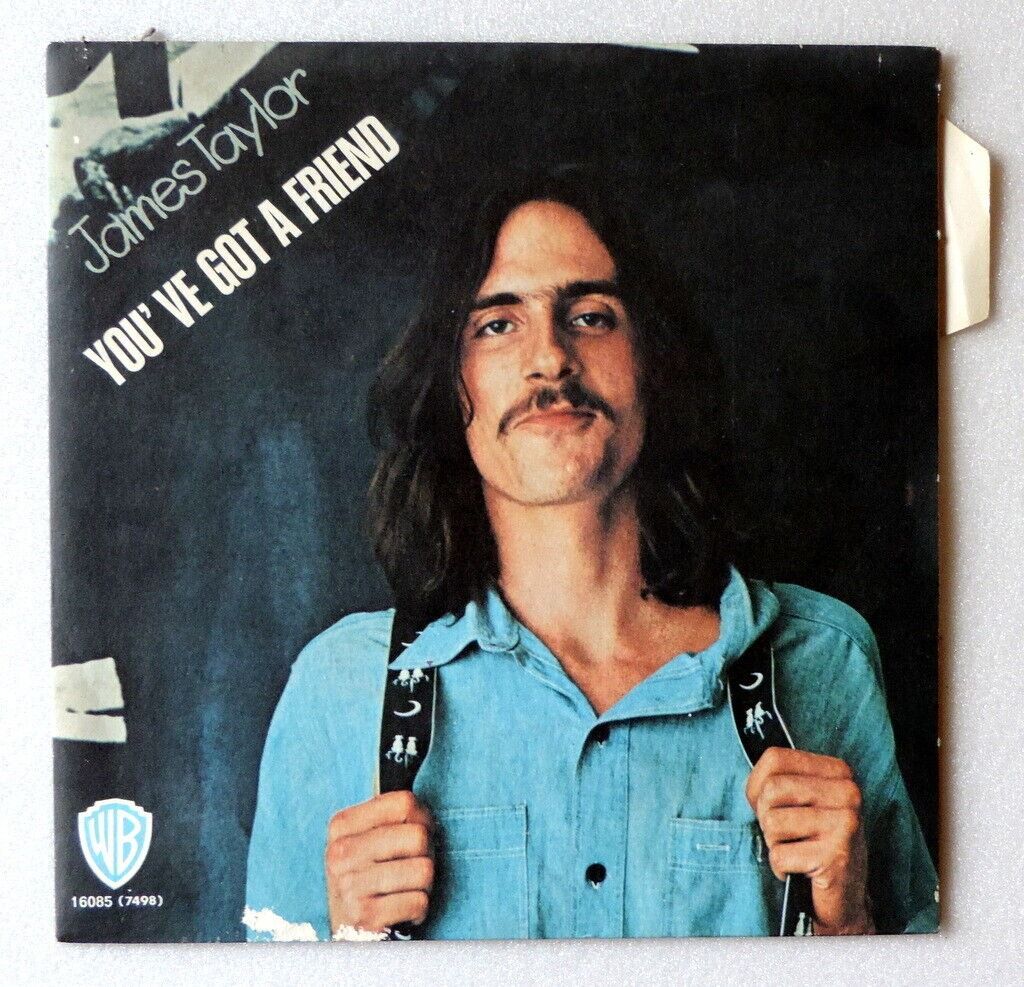
Wrapped in silk and weighted with lived experience, James Taylor’s voice carries emotional depth that few artists achieve. This Carole King composition became therapy disguised as folk music, with sparse arrangements that create space for listeners to fill with their healing. The song transformed simple friendship into something transcendent.
4. Kung Fu Fighting – Carl Douglas (1974)

From just ten minutes in the studio came decades of cultural impact. Carl Douglas captured America’s martial arts obsession and transformed it into disco gold, creating a novelty track that transcended its origins. The song’s enduring appeal proved that accidental art sometimes outlasts intentional masterpieces, something shared by the forgotten one hit wonders from the 70s, who left a mark despite fleeting fame.
3. Save All Your Kisses for Me – Brotherhood of Man (1976)
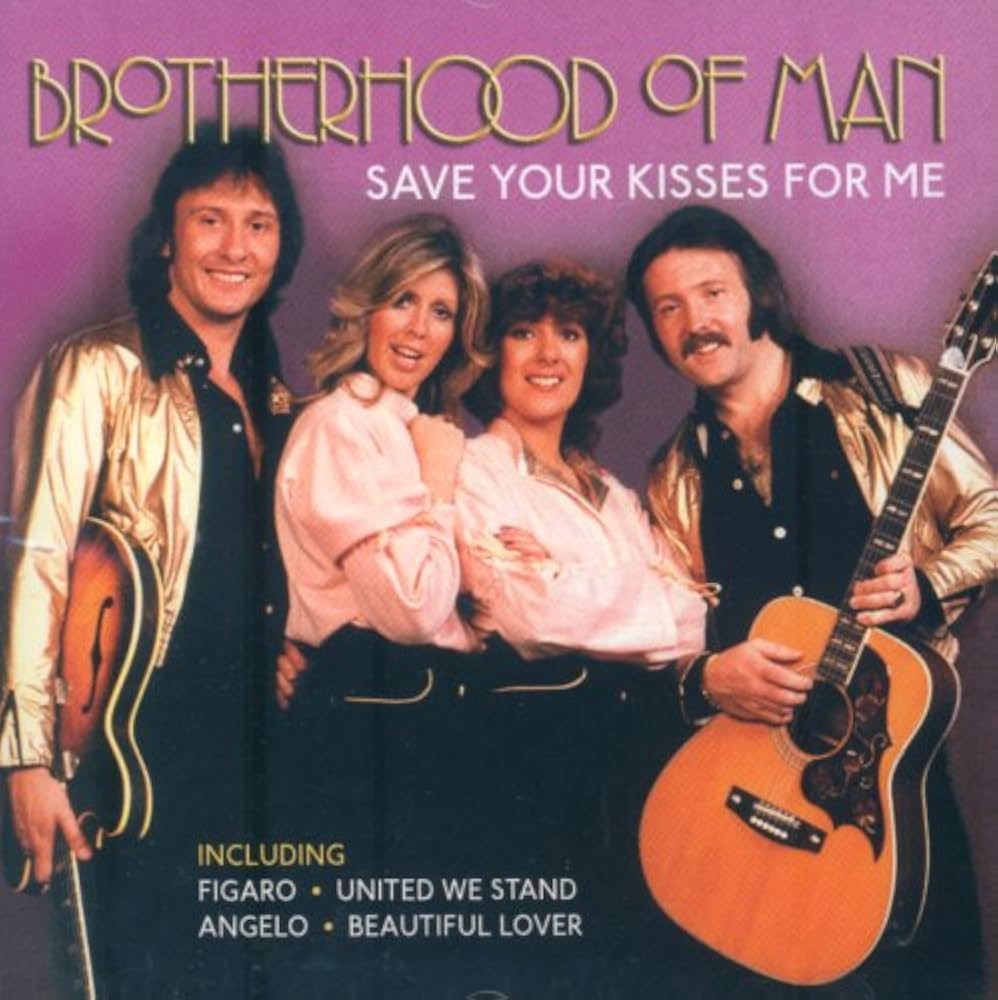
Behind deceptively lightweight pop, Eurovision’s most successful winner hid clever songwriting. Brotherhood of Man’s twist ending subverted romantic expectations while maintaining mass appeal, proving that smart writing could disguise itself as simplicity. Their approach showed that sometimes the most intelligent songs wear the humblest costumes.
2. Seasons in the Sun – Terry Jacks (1974)
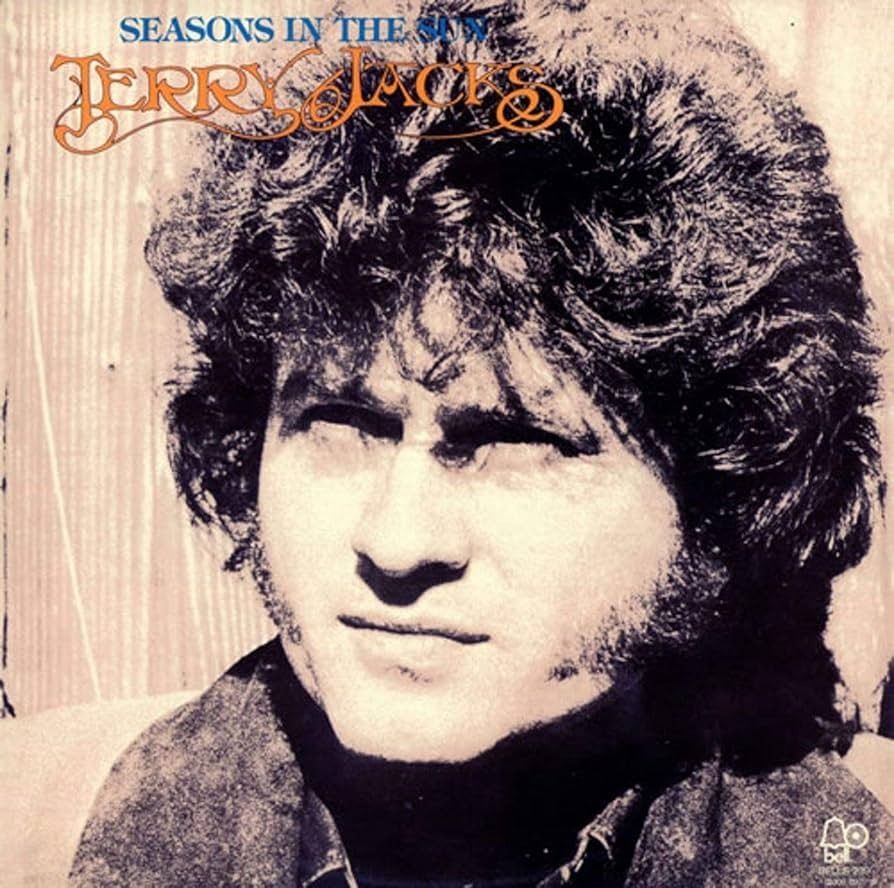
By transforming Jacques Brel’s meditation on mortality into radio gold, Terry Jacks achieved the impossible without losing emotional impact. The gentle arrangement cushioned devastating lyrics about saying goodbye forever, making death digestible for mainstream audiences. This delicate balance created the perfect soundtrack for anyone facing their goodbyes.
1. I Think I Love You – The Partridge Family (1970)

Years before “manufactured” pop became a dirty phrase, David Cassidy proved TV could birth legitimate anthems. His three weeks at number one launched the blueprint every Disney star still follows today. The track’s success demonstrated that pure joy doesn’t need artistic credentials to change lives.




